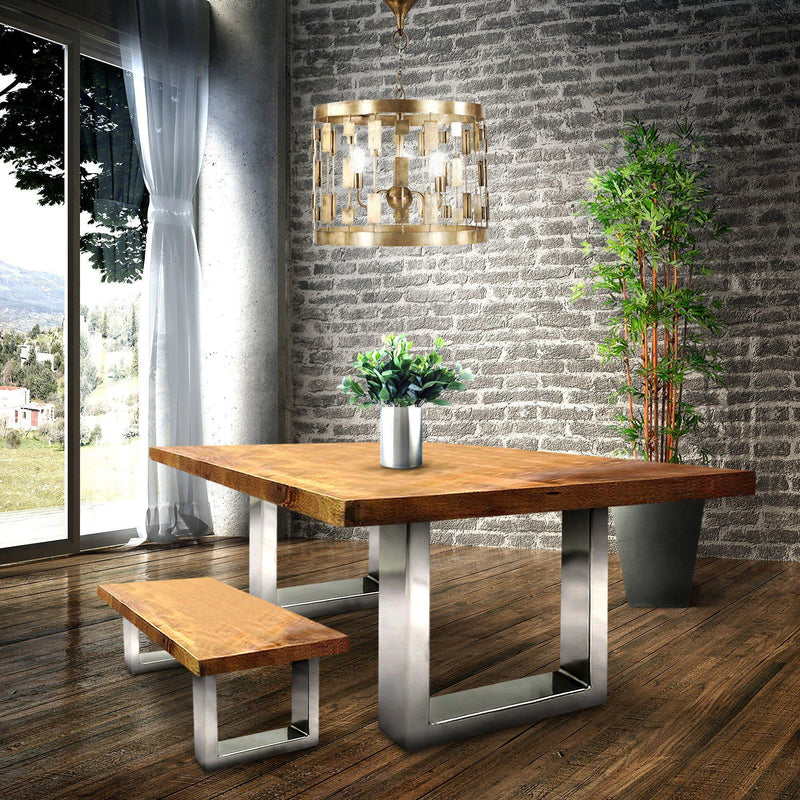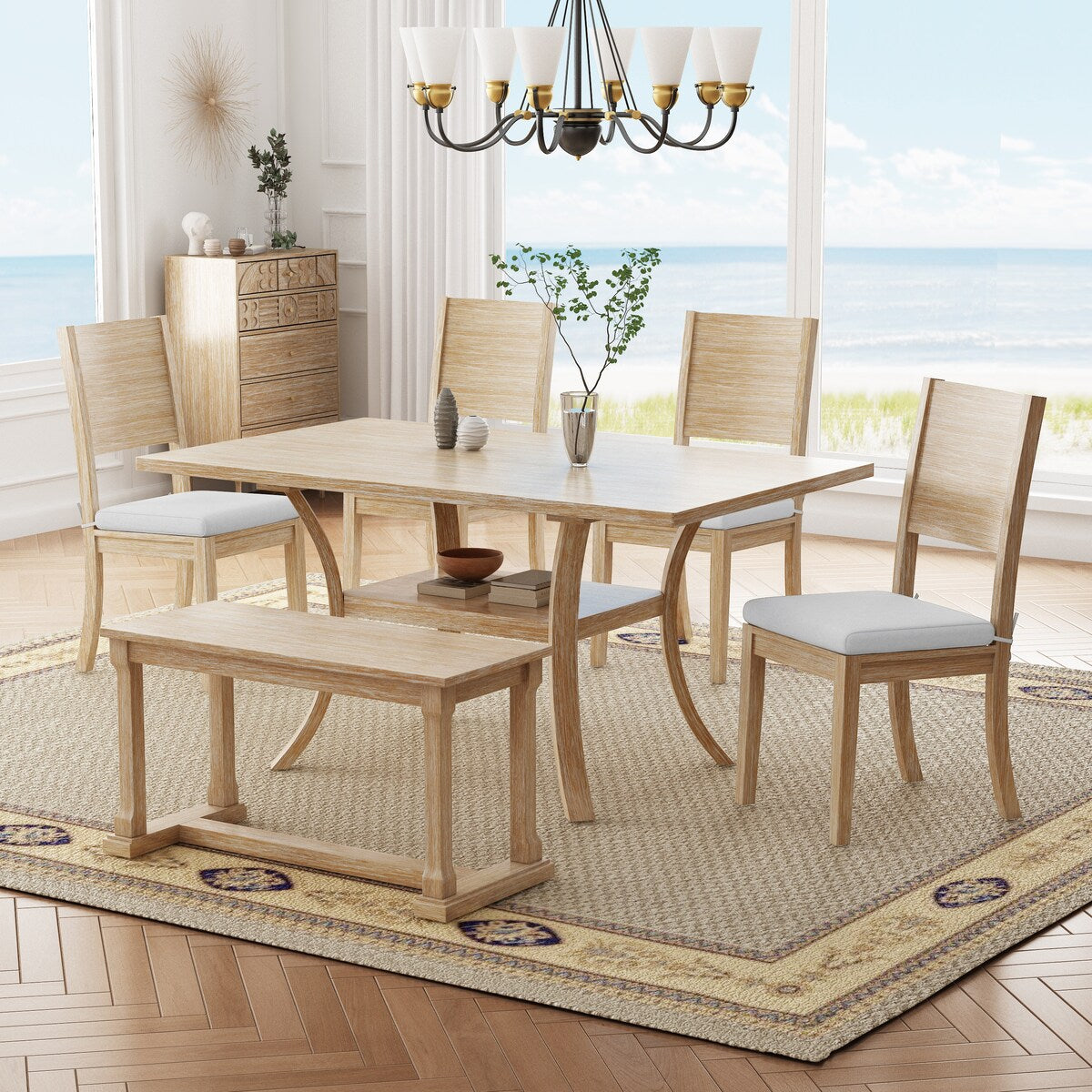Tips for Installing Dining Room Table Legs for a Modern Look
Tips for Installing Dining Room Table Legs for a Modern Look
Blog Article
From Typical to Modern: Locate the Suitable Dining-room Table Legs for Your Style
The option of eating room table legs plays a crucial role in defining the overall personality of your room, linking the space between traditional craftsmanship and modern-day aesthetic appeals. While timeless styles such as cabriole and turned legs stimulate a sense of ageless sophistication, contemporary styles like barrette and geometric alternatives offer a chance for striking aesthetic passion. Examining the best equilibrium in between these styles calls for a nuanced understanding of your existing decor and personal taste. As you consider these aspects, the inquiry remains: how can you perfectly integrate these varied leg designs to create a harmonious eating experience?
Recognizing Table Leg Styles
The variety of dining-room table leg styles can considerably influence both the visual appeals and functionality of the space. Each leg style contributes distinct sensible features and aesthetic components, accommodating diverse layout preferences and usage needs. Recognizing these styles is essential for selecting the best eating table that lines up with your total interior decoration vision.
As an example, conical legs provide a tidy, classic look that can boost a space's elegance, while pedestal bases supply stability and make the most of legroom, making them ideal for smaller sized spaces. Hairpin legs, a trademark of mid-century modern-day layout, present a commercial style, enabling for a ventilated, open feel. Trestle legs stimulate rustic beauty, supplying robust support and a feeling of eternity.
Additionally, the option of products plays a considerable role. Wood legs can bring warmth and texture, whereas steel options frequently share a streamlined, contemporary vibe. Ultimately, comprehending table leg designs is crucial for developing a natural dining area that shows personal design while making sure usefulness and convenience. By attentively considering these elements, you can improve both the visual and useful charm of your eating area.
Standard Table Leg Options
When choosing eating area table legs, conventional options commonly embody timeless beauty and workmanship. These layouts mirror an abundant heritage and a commitment to quality, making them perfect for those that value classic looks.
Among the most iconic standard leg styles is the cabriole leg, identified by its stylish bent form. This layout often includes decorative makings and is most typically located in Queen Anne and Chippendale furniture. Another preferred option is the turned leg, which flaunts a collection of smooth, rounded forms that give a traditional appearance while keeping stability.
In addition, the straight leg, while straightforward, offers a durable and unadorned structure that can blend seamlessly with a range of tabletop designs. For those attracted to ornate outlining, claw-and-ball feet legs stimulate a feeling of majesty and can serve as a sensational focal point in any kind of eating look at this now room.
Last but not least, stand bases, although not strictly legs, give an alternative typical choice that allows for enough legroom and can be wonderfully carved. Each of these traditional leg styles adds to the total setting of an eating room, marrying function with aesthetic allure.

Modern Table Leg Styles
Modern table leg layouts use a diverse range of designs that highlight clean lines and ingenious materials. These styles commonly focus on performance while serving as striking centerpieces within a dining space. Minimalist appearances prevail, with legs crafted from materials such as metal, glass, and engineered timber, which contribute to a modern and airy feeling.
One popular style is the hairpin leg, characterized by its slim, tapered structure that offers stability without overwhelming the tabletop (dining room table legs). This style is typically located in mid-century modern furnishings and learn the facts here now can effortlessly complement different table shapes. One more fad is the use of geometric forms, where legs may take on asymmetrical or angular types, adding aesthetic interest and a touch of artistry

Blending Designs for Distinct Areas
Often, homeowners seek to produce special eating areas that reflect their personal design by mixing various design components. This approach enables the consolidation of diverse looks, causing a harmonious yet distinct environment. For circumstances, pairing a rustic wood table with sleek, modern-day metal legs can develop an appealing contrast that boosts the room's general appeal.
In addition, integrating vintage table legs with contemporary table tops can stimulate a feeling of background while keeping a contemporary perceptiveness. Such mixes not only showcase specific taste however likewise urge imagination, permitting home owners to curate an area that really feels both individual and inviting.
Color plays a vital function in this blending Our site procedure; picking table legs that match or comparison with the existing shade system can boost aesthetic passion. Whitewashed legs can soften the daring of a dark table surface, developing a well balanced aesthetic.
Tips for Choosing the Right Legs
Picking the right table legs is necessary for achieving both functionality and aesthetic charm in your eating space. Begin by taking into consideration the overall style of your area. Conventional setups profit from legs that feature detailed carvings or turned designs, while modern areas might require smooth, minimal styles.
Next, assess the height and stability of the legs. dining room table legs. Common table vary between 28 to 30 inches in elevation, so make sure the legs match this dimension for comfort. Furthermore, robust materials, such as hardwood or steel, can enhance security and durability
Assess the leg shape also-- alternatives include straight, tapered, or stand designs. Straight legs use a classic look, while tapered legs can include a touch of elegance. Pedestal bases offer ample legroom and are optimal for smaller sized rooms.
Conclusion
In recap, choosing the optimal eating space table legs calls for careful consideration of both traditional and contemporary styles. By balancing leg design, height, and material with the overall decor, a natural and welcoming ambience can be attained.
The variety of dining room table leg designs can substantially influence both the looks and functionality of the area. Inevitably, recognizing table leg styles is important for creating a cohesive dining location that mirrors individual style while ensuring functionality and comfort.One of the most renowned typical leg styles is the cabriole leg, defined by its elegant rounded form. Straight legs supply a timeless look, while conical legs can include a touch of style.In summary, picking the perfect eating area table legs requires cautious consideration of both modern-day and traditional designs.
Report this page